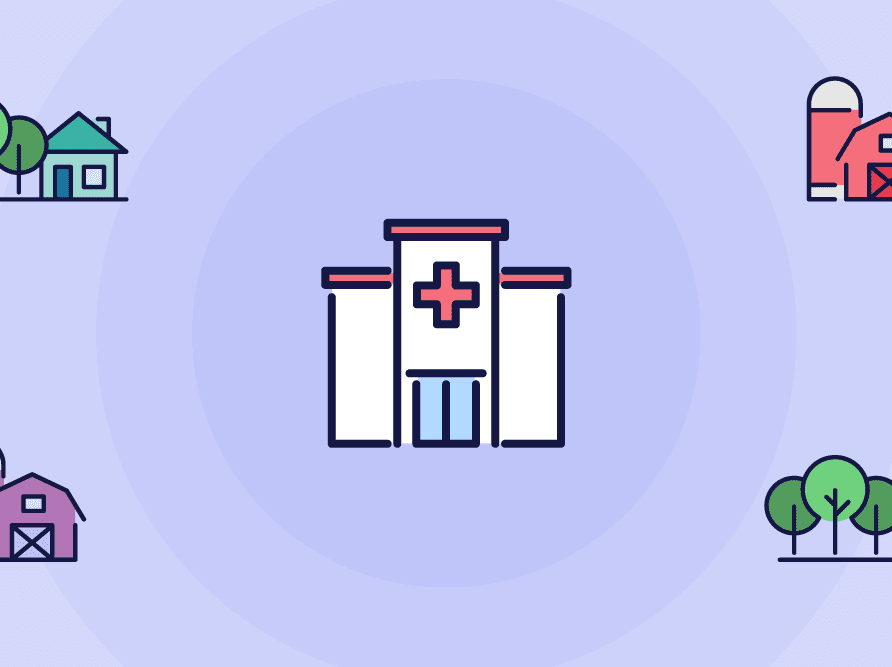Article
Improving patient safety is a team effort
* This content was originally published prior to N. Harris Computer Corporation’s 2022 acquisition of the Allscripts Hospital and Large Physician Practice business segment. Our business is now known as Altera Digital Health.
Many healthcare professionals rely on health information technology (health IT) every day to care for patients. When done right, a health IT system can improve patient safety and reduce user burden by better supporting clinical workflow and decision‐making.
A recent study from the Journal of the American Medical Association (JAMA) found that Electronic Health Records (EHRs) can improve patient safety, if ongoing assessment, optimization and assurance are prioritized.
According to The Office of the National Coordinator for Health Information Technology (ONC), safety of health IT involves a number of factors, including foundational, infrastructure and clinical process.
One aspect is the technology itself – the hardware, software, content and user interface. Then we add people who design, develop, implement, customize and ultimately use the technology. There are workflows and communication processes that are unique to each function and team. There are internal organizational policies, procedures and culture, as well as external rules, regulations and pressures.
These dimensions are not sequential or hierarchical, but rather they are interdependent. To achieve safety, usability and high reliability, a systems approach must address these interrelated factors that impact system safety.
Health IT safety is a shared responsibility of all stakeholders across the health IT lifecycle. It must be a top consideration throughout the software lifecycle – product design and development, implementation, customization and configuration, user training, and ongoing maintenance and upgrades.
Our commitment to usability and safety at Allscripts
Allscripts recognizes the role of health IT in improving usability and safety, and we commit to continue doing our part to minimize risks and unintended consequences. Our current usability and safety practices include deep user engagement, robust user-centered design (UCD) processes (e.g., formative testing) and rigorous clinical test cases.
Allscripts follows a rigorous user-centered design process, which enables us to understand the key concerns clinician users have, create innovative solutions and measure the results. A rigorous user-centered process asks, “What would make this the most helpful for the user?” The answer fuels innovation and goes beyond delivering merely a usable solution, but one that actively helps the user.
Allscripts leverages our client users, as well as Allscripts clinicians, throughout the design and development of our solutions. Our teams of clinicians, developers, designers and solution owners research, and work to understand, user needs, tasks, environments and goals, through a variety of research methods.
Best practices
Allscripts partners with safety experts across the industry to learn best practices and incorporate them into our own safety process. Our most recent efforts to improve patient safety involve a shift upstream in the development process. By evaluating enhancements proactively to identify potential safety hazards, teams can mitigate or eliminate these risks to patient safety before they could ever reach a hospital, doctor or patient.
Clinical risk assessment
In addition to comprehensive usability and safety practices during design and development, we advocate for advanced testing with the customization, configuration and ongoing maintenance of health IT. This is important, because while configuration can bring benefits that are tailored to their organizations, it can also inadvertently introduce usability or safety concerns. Because of the potential for unintended consequences, it is critical for healthcare organizations to perform appropriate clinical risk assessment, as well as failure modes and effects analysis (FMEA) to ensure the safety of customizations.
EHR vendors should do more to explain and deliver to healthcare organizations the workflows that we know are safe and efficient, and we should make organizations aware of the impact of changes on safety and usability. EHR vendors should continue to make more of an effort to ensure our solutions consider safety modes when enabling configuration, or “guardrails” that can help to restrict known safety concerns.
As part of our commitment to achieving safety across the health IT lifecycle, Allscripts continues to participate with healthcare organizations, patient advocates, safety experts, researchers, patient safety organizations (PSOs) and other vendors to help ensure system safety.
The importance of ongoing assessment, optimization and assurance
Healthcare organizations should consider performing some type of ongoing safety evaluation at least annually or after upgrades and work to address identified shortcomings. Continuous assessments are also critical to identify unanticipated problems that may occur as systems are updated and customized.
They should also share these results with their EHR vendor to help these vendors create safer products, as safety is a shared responsibility between vendors and hospitals.
EHRs must continue to improve and we, as vendors, must help minimize potential risks to patient safety. Allscripts continues to strengthen its commitment to make our solutions safer for patients, more usable for our clinicians and more effective at addressing the critical needs of our clients.













